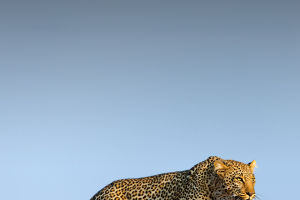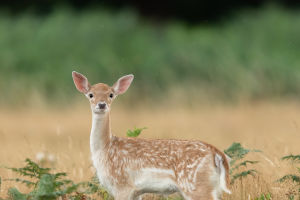The koala, a marsupial endemic to Australia, is likely familiar to most people.
Considered a national treasure and an exotic and precious primitive arboreal animal, the koala is also known as the "koala bear," a name derived from ancient Aboriginal words meaning "no drink." Because koalas obtain 90% of their water needs from the eucalyptus leaves they feed on and only drink when they are sick or in drought, the locals call them "kwale," which also means "no drink."
However, while many are familiar with the koala's cute and cuddly appearance, few are aware of its less-than-brilliant nature. Did you know that koalas are one of the dorkiest mammals on earth? Let's explore some of the key characteristics that make koalas stand out.
Firstly, koalas eat almost exclusively natural disinfectants in the form of eucalyptus leaves. These leaves are very coarse and non-nutritious, which means that the koala's digestive system has had to develop a specialized "slow" technique to deal with them.
Koalas digest so slowly that in the wild, food can stay in their stomachs for up to 100 hours and ferment continuously; in captivity, they can digest for up to 200 hours.
Secondly, despite their reliance on eucalyptus leaves, koalas often struggle to identify which leaves are safe to eat. This is partly due to their notorious low brain-to-body mass ratio.
In fact, only 61% of a koala's cranial cavity - that is, its brain shell - is actually brain matter, with most of the rest being cerebrospinal fluid used to cushion vibrations. This fluid serves as a buffer to protect the koala's brain when it inevitably falls out of eucalyptus trees while asleep.
Thirdly, little koalas have faced an unusual first sight each day: their mother's buttocks. Koala joeys will leave their mother's pouch when they are 6 months old and move around until they are a year old before they leave their mother. However, the pouch of the koala - and also the wombat - faces downwards, right at their mother's buttocks.
Lastly, many koalas do not die of illness, but rather of starvation. This is because their food source - like that of all marsupials - is composed mainly of coarse, non-digestible leaves.
Kangaroos, another type of marsupial, have evolved four pairs of molars to chew these leaves, with the back row of molars slowly moving forward as the kangaroo gets older to replace the front row of teeth that have lost their function. Koalas, however, do not grow new teeth, and if their teeth wear out, they cannot chew their food. As a result, if a koala grows to be about 6 years old, it will starve to death.
Unfortunately, the future of koalas is uncertain. Forest fires in southeastern Australia have destroyed 80% of their natural habitat, and at least 1,000 koalas have perished in the flames.
Coupled with habitat loss, the difficulty of restoring burned forests, climate change, and disease threats, Australia's koala population has declined significantly and is facing functional extinction.


